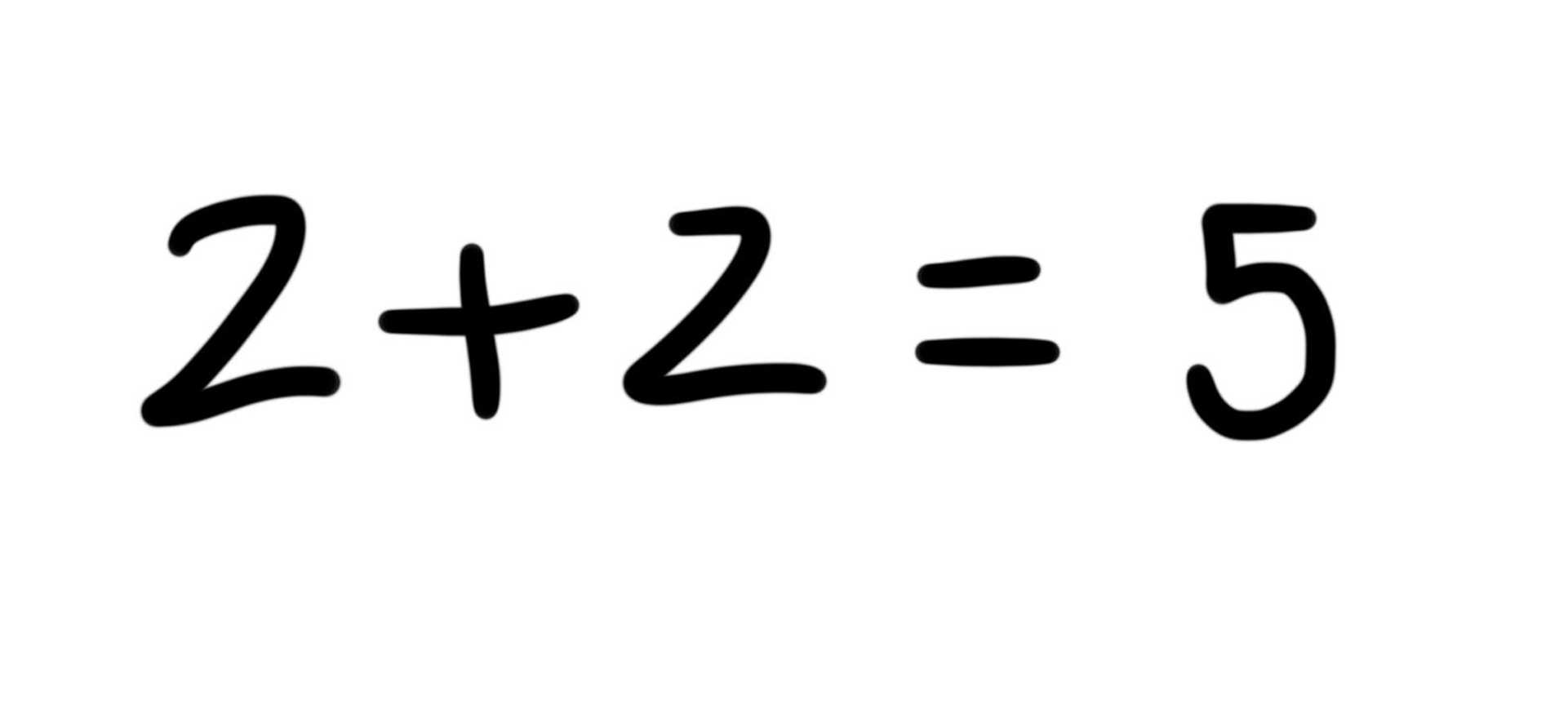
Win or Learn
No, it’s not a typo. The opposite of succeeding doesn’t have to be losing or failing.
The expression “I never lose. I either win or learn” was coined by Nelson Mandela who knew something about overcoming adversity. Mandela understood that losing is not final; it represents an opportunity to start over with the benefit of a little more knowledge.
There are no lectures in today’s post on how to apply this in your own business or life. You already know that everyone fails from time to time, and you know we all have a choice in how we greet failure; we either let it pull us down, or we can rise through what we learn.
Instead, I want to make this week’s post a glorious celebration of the creative possibility of failure, by looking at ten inventions that changed the world. Every single one of them, without exception, is the result of a failure, mistake, error or accident.
1 Penicillin. Yes, the one most people know. One day, Alexander Fleming didn’t wash his petri dishes properly and they became contaminated with mould. Sorting through to see if any dishes could be salvaged, Fleming noticed that colonies of bacteria wouldn’t grow around mould. From an act of scientific sloppiness, penicillin was identified – and millions of lives would be saved. That’s some mistake.
2 Cardiac Pacemaker. When Wilson Greatbatch was building an electronic heartbeat recorder, he mistook the value of a resistor he added to the machine. As he tested the circuit, he heard rhythmic heartbeats coming from inside the device itself and recalled how other scientists had told him that electrical stimulation could restore a damaged heart’s natural rhythm. A rookie error had led directly to pacemaker implants. Another lifesaving mistake benefitting millions.
3 Post-it® Notes. Spencer Silver’s job at 3M Laboratories was to develop a super strong adhesive. He failed, and instead invented the exact opposite; a weak adhesive that easily lifted off. Silver saw potential in his discovery; however, it took over 5 years and collaboration with a colleague to come up with the Post-it® Note. Through Silver’s vision and perseverance, his invention is now used by millions daily.
4 Celluloid. John Wesley Hyatt entered a competition to win $10,000 by finding an artificial replacement for ivory billiard balls. Hyatt failed to win, but he did accidentally spill a substance he was working with on his bench. When it dried into a thin sheet that was flexible and strong, he saw potential for the world’s first commercially produced plastic, which enabled the birth of the motion picture industry.
5 Artificial Sweeteners. Chemist Constantin Fahlberg was working on industrial uses for coal tar when he remembered a planned dinner with friends. He ran out of his laboratory, forgetting to wash his hands. As he ate a bread roll in the restaurant, he noticed that it, and even his napkin, tasted sweet. Realising that his hands had transferred the sweet chemical, he rushed back to his laboratory to identify which beaker held the sweet tasting compound. He named it saccharin.
6 Microwave ovens. Engineer Percy Spencer saw that high-power radio waves from a radar set he was working on had melted a chocolate bar in his coat pocket. As he cleaned up the mess, he realised the potential of this phenomenon to heat food quickly. We have Percy Spencer to thank for all the hours of time the microwave has saved us. And also, for one of my favourite jokes:
Husband: “Darling, how does this damn microwave work?”
Wife: “It’s basically a magnetron encased in a Faraday cage….”
7 The Slinky. Do you remember the jingle “a spring, a spring, a marvellous thing”? If so, you know the famous Slinky walking spring. But it was never intended as a toy. Richard James was a US Naval Engineer developing stabilisation systems to keep fragile equipment steady on-board ships. Until he accidentally dropped a spring he had made and watched gobsmacked as an iconic 1970s toy was born.
8 Teflon. It’s well ‘known’ that Teflon was invented by NASA for the space race. Except that it wasn’t. Roy Plunkett was a refrigerator engineer experimenting with new refrigerant liquids, in this case, polytetrafluoroethylene. When it seemed to vanish inside a fridge’s pressure vessel, he cut the cylinder open to discover the inside coated with a hard, frictionless film. He’d made the world’s most slippery mistake. And yes, NASA did go on to use Teflon in space.
9 WD-40®. This is my favourite example because the story is quite literally in the name. The Rocket Chemical Company of San Diego was asked by the US military to develop a moisture dispersant to prevent surface corrosion on their Atlas missiles. After 39 failed attempts they nailed it with ‘Water Displacement 40th Formula’. Or as we know it today, WD-40®.
10 Henry Ford. The motor manufacturer that still carries Henry Ford’s name wasn’t the first car company he started, or even the second. With two failures behind him, Henry Ford had learned that large scale automotive production was only possible if he also adopted a radical new assembly line process. On his third attempt, Henry Ford changed the entire manufacturing world. Forever.
I hope you enjoyed these stories. A powerful message links all of them, and it is not that a mistake was made, or an endeavour failed. It’s not even that a setback proved to be an opportunity in disguise.
The real message is the happy coincidence that failure was greeted by a creative, enquiring, and resilient mindset, which focused not on the failure itself, but on the opportunities and potential it held.
So, the next time you screw something up, remember; you could be just one mistake away from success.
Shine through your failures.
